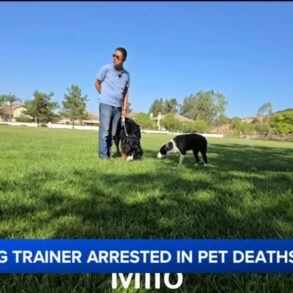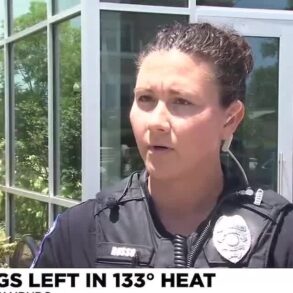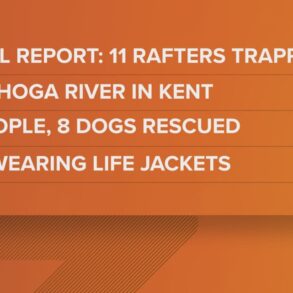
BIG SKY, Mont. — At Big Sky Resort, six avalanche dogs make up an integral part of the ski patrol team. One of those six dogs is Hank.
“Hank loves the snow,” said Max Erpenbach, a member of the ski patrol team at Big Sky. “He’s been working at the resort for about seven years now. He started working here when he was six months old.”
Avalanche dogs are typically working breeds, like Hank. He’s an Australian cattle dog.
They begin training for their role as puppies, and Erpenbach says much of that training is based around a game – tug of war.
“We call it tug is the drug,” said Erpenbach. “They get so hooked on tug of war that they like do anything for it.”
For the dogs, it starts simple. Trainers tease them with a toy, then runaway and hide. When the dogs find them, they get to play tug of war.
Then the game gets more challenging with trainers hiding in snow caves or holes obstructed by blocks of snow.
By the time the dogs reach their final test, the blind search, they’ve learned to rely on their nose to locate where a person is hidden beneath the snow, and tug of war to pull them out.
“Our dogs are for people that are not wearing beacons, and they’re fast, they can move quickly,” said Erpenbach. “They can clear debris pretty quickly.”
Per data from the American Avalanche Association, skiers rescued within 15 minutes of being buried in an avalanche have a 92% chance of survival. But after that 15 minute mark, survival chances drop by approximately 3% per minute.
Because time is crucial, avalanche dogs with their highly sensitive noses are skiers’ best shot of survival in the case of an unwitnessed avalanche or when they don’t have a beacon.
While avalanche fatalities within ski area bounds are rare in the U.S., dogs like Hank also play a critical role in search and rescue operations in the backcountry.
This post was originally published on this site be sure to check out more of their content.












































